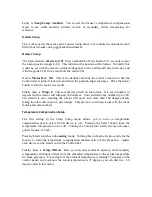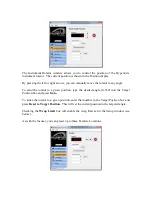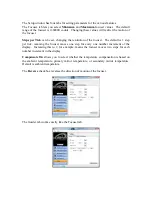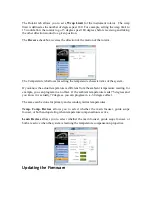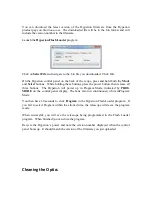
Many factors affect the Half Flux Diameter value that FocusMax returns.
With a long-focal-length telescope like the Hyperion, it is primarily a function
of seeing conditions. A camera with typical 9-micron pixels has a resolution
of 0.73 arcseconds per pixel with the Hyperion. If the seeing is around 2.0
arcseconds, for example, the Half Flux Diameter will be around 2.8. Over
time, you will get a feel for what seeing is like at your location and the Half
Flux Diameter can be a good indicator of whether a given night is better than
average for imaging. Seeing below 2.0 arcseconds is considered very good.
After running the First Light Wizard, you can close the extra FocusMax windows. In the
future, whenever you want to autofocus, go to the main FocusMax window and click the
Focus button.
Using CCDInspector to Collimate
CCDInspector, from CCDWare, is a powerful program for analyzing images. It has
handy routines to help easily collimate your telescope.
Begin collimating as described in the Collimation section above. You can fine-tune the
collimation of the secondary mirror by using the Defocused Star Collimation Viewer in
CCDInspector.
Start by driving the telescope out of focus using the Control Panel or Hyperion software.
The goal is to have the star cover about 40-100 pixels. Open the collimation viewer in
CCDInspector by choosing
Real-Time > Collimation > Defocused Star Collimation
Viewer
. Begin taking exposures of the out-of-focus star.
CCDInspector will indicate the direction of collimation error. Adjust the secondary
mirror collimation screws to reduce the error. Use small adjustments, around 1/8 turn.



